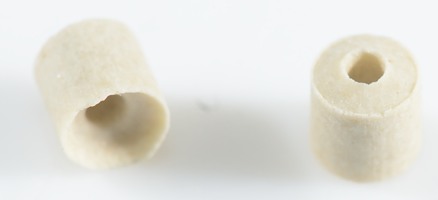USB Load resistor 1A-2A usb output (Discharger3)
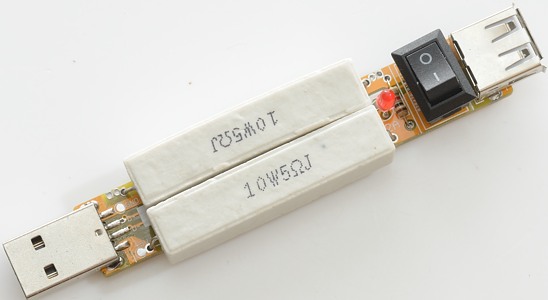
Official specifications:
-
USB male load 1A / 2A switch selection
-
10W 5R cement resistor, no odor
-
PHR foot switch selection 1A or 2A
I bought from ebay dealer: trade021
The most interesting detail about this type of load is how hot they get, some power resistor has a working temperature between 200°C and 300°C when fully loaded.

This type of load is very simple, two big power resistors, one permanently connected, the other controlled by the switch and a led to show if there is any power supplied to it.
I cannot guess what the purpose of the usb output is, adding more load is not really necessary.




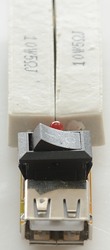
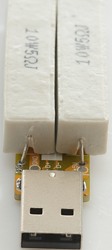
Load testing
-
This type of load is only designed for 5V input.
-
Current change during 30 minutes with 1A load is 0.009A, i.e. 0.9%
-
Current change during 30 minutes with 2A load is 0.028A, i.e. 1.4%
-
The usb output has a working data connection to the input.
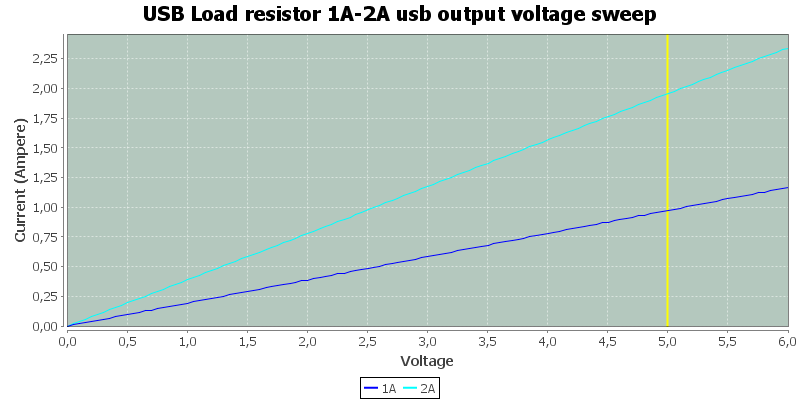
Being a resistor the current will depend on voltage.
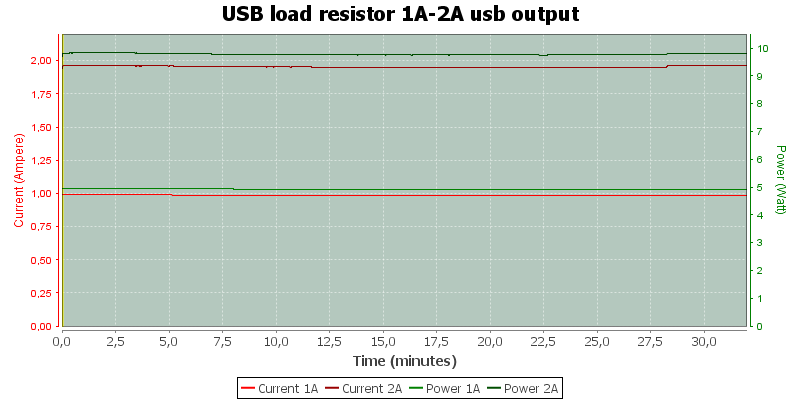
As expected the load current and power is stable with a resistor, except for a small change due to temperature.

M1: 56,7°C, M2: 65,8°C, M3: 84,0°C, HS1: 156,1°C
One resistor gets fairly hot.
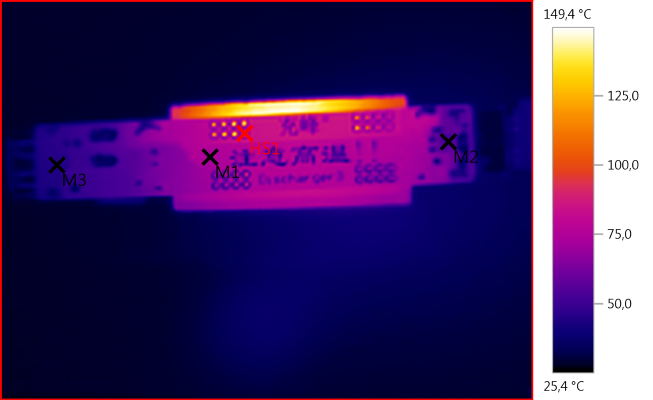
M1: 73,7°C, M2: 53,8°C, M3: 44,4°C, HS1: 149,4°C
The backside of the circuit board is also hot and is helping radiating the heat.
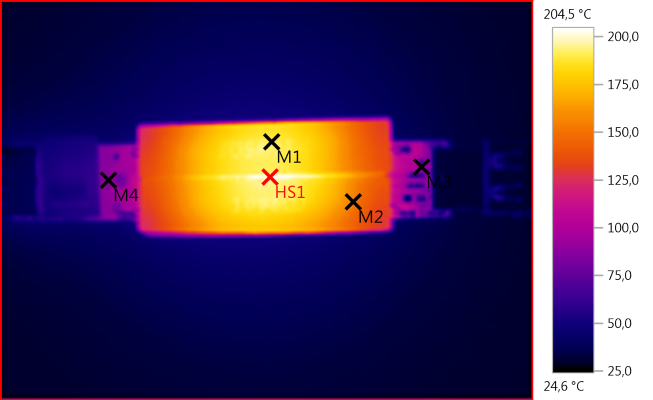
M1: 190,7°C, M2: 153,5°C, M3: 94,1°C, M4: 87,8°C, HS1: 204,5°C
With both resistors active they get rather hot, because they are heating each other.
The correct way to mount power resistors is a bit above the board with some distance between. These resistors are only running at half their rated power, but they cannot get rid of the heat.
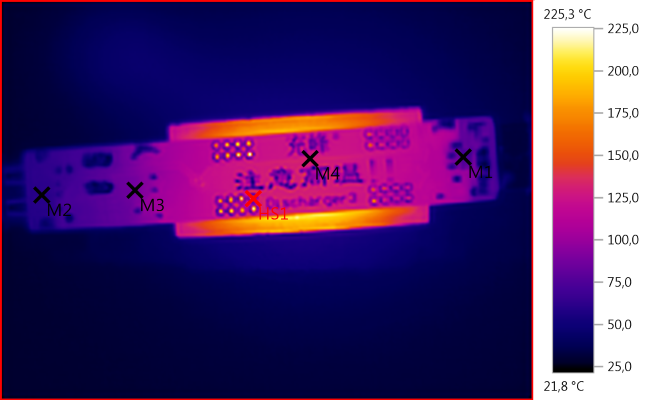
M1: 73,3°C, M2: 60,0°C, M3: 86,5°C, M4: 129,9°C, HS1: 225,3°C
Conclusion
The load works as expected and is an easy way to test usb power banks (together with a usb meter), but this model need an external fan to supply lots of cool air especially when both resistors are used.
It is not a good idea to touch it when it is working.
Notes
Expect very similar performance from all resistive loads with two white square 10W 5ohm resistors.

